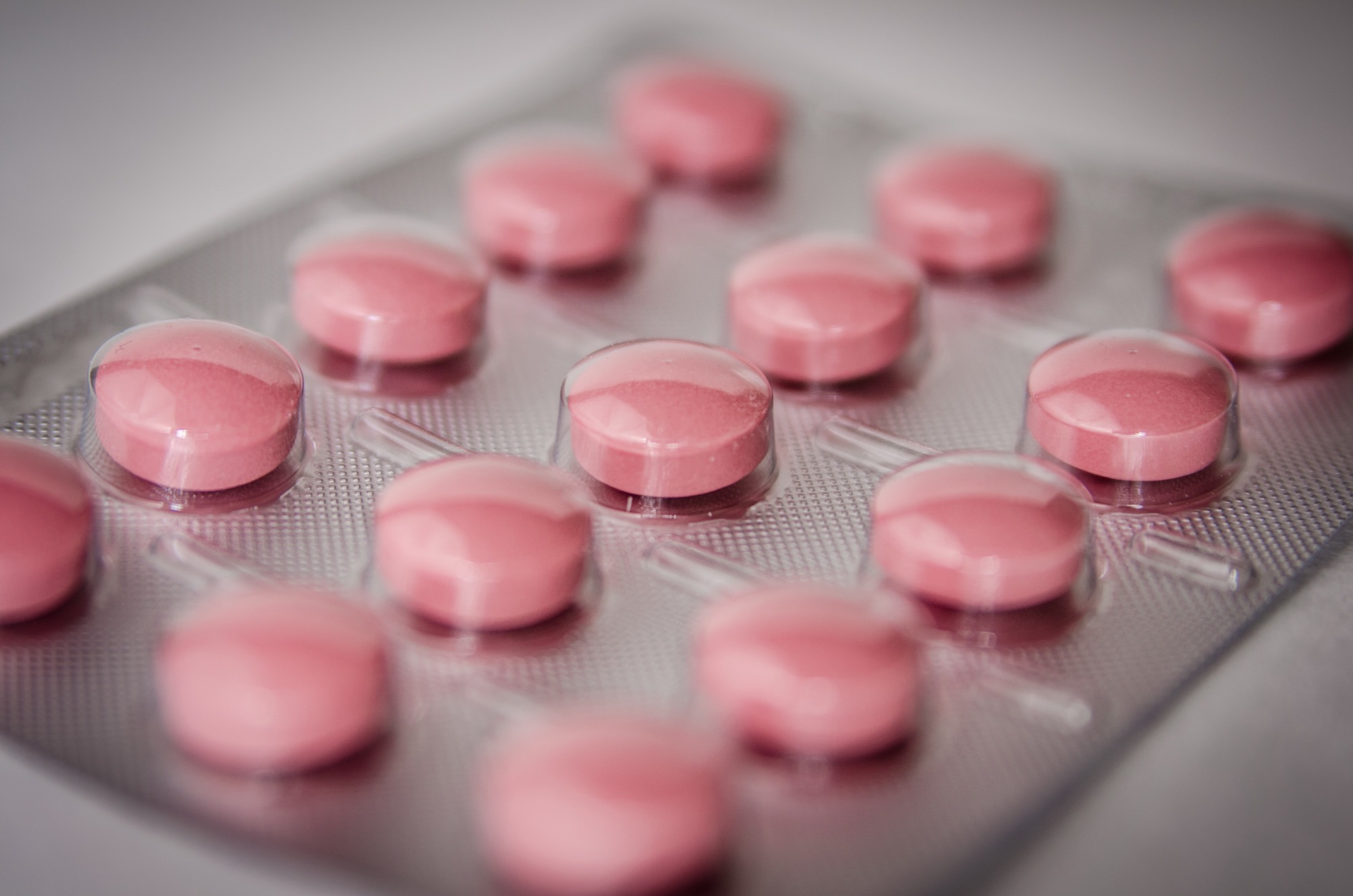 A fixed drug eruption (or ‘fixed drug reaction’) is essentially an allergic reaction to an oral medication. “Most rashes associated with adverse drug reactions can be diffuse, or migrate across the skin and can have systemic symptoms,” says Dr. Adam Mamelak, board certified Dermatologist at Sanova Dermatology. “These reactions are called ‘fixed’ because they occur at a specific location on the skin and then recur at the exact same location or locations with each subsequent exposure to the medication.” With continued exposure, however, the number of affected sites may increase.
A fixed drug eruption (or ‘fixed drug reaction’) is essentially an allergic reaction to an oral medication. “Most rashes associated with adverse drug reactions can be diffuse, or migrate across the skin and can have systemic symptoms,” says Dr. Adam Mamelak, board certified Dermatologist at Sanova Dermatology. “These reactions are called ‘fixed’ because they occur at a specific location on the skin and then recur at the exact same location or locations with each subsequent exposure to the medication.” With continued exposure, however, the number of affected sites may increase.
What Does it Look Like?
Generally, the fresh lesions after exposure will be round or oval in shape, and well-defined. These then usually darken to a purple or brown color. Lesions are less common on the trunk of the body, occurring mainly on the hands, feet, and genital region. The inside of the mouth and the skin around the eyes can also be affected.
“As these lesions heal, scaling and crusting can occur,” explains Dr. Mamelak. After the lesions have healed, many patients are left with a dusty brown spot of pigment at the affected sites which can persist between attacks. These spots are more pronounced on patients with darker skin tones, but they will fade so long as the drug is avoided.
What are the Most Common Causes?
There are many drugs which can cause a fixed drug eruption, but among the most common are: painkillers such as paracetamol, nonsteroidal anti-inflammatories (NSAIDs) like ibuprofen, tetracycline antibiotics, sulphonamide antibiotics, sedatives including barbiturates, benzodiazepines and chlordiazepoxide , and Quinine.
What’s the Treatment?
As with any allergen, the best treatment is avoidance. Stopping the medication will usually reverse the effects of the negative reaction.
Contact Us
For more information on drug eruptions, or to have your skin checked by one of our certified dermatologists, please contact us at Sanova Dermatology today.
